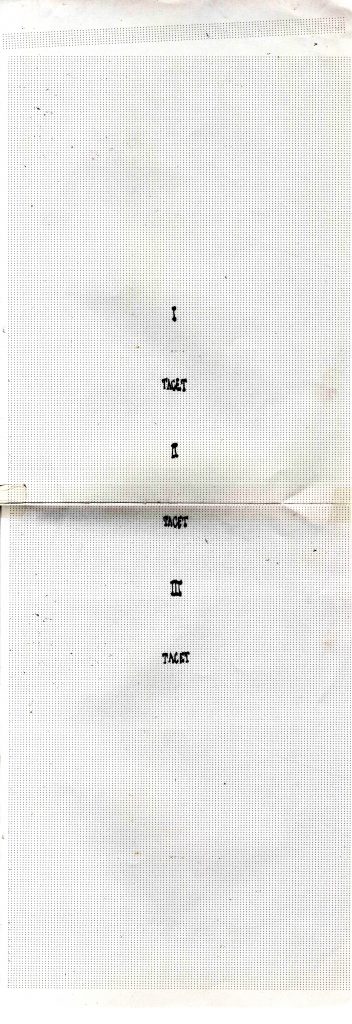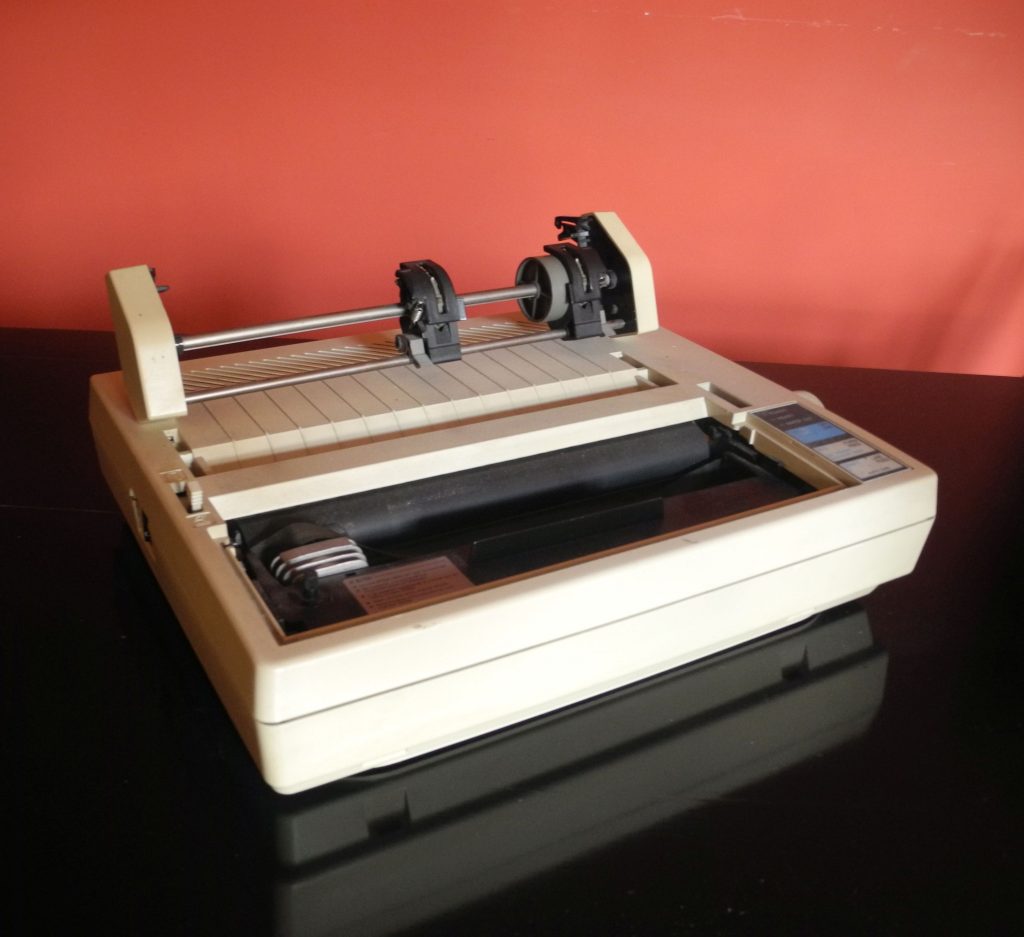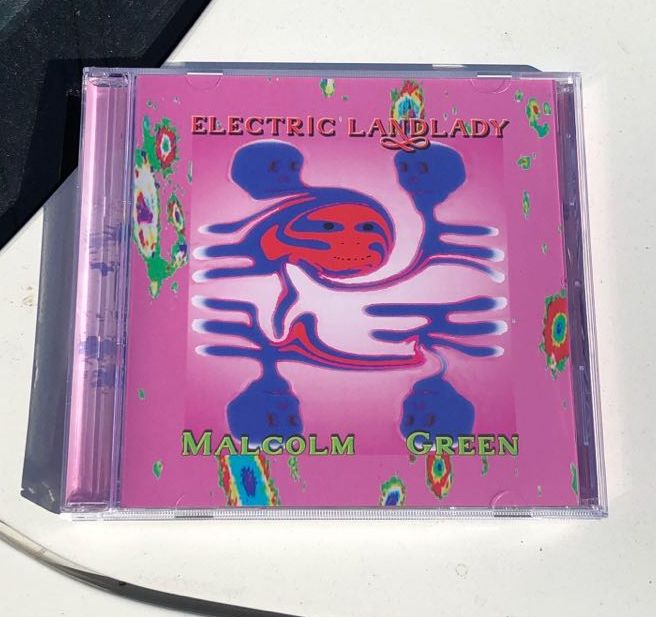For all fans of experimental music, a big hand for Sean McCann of Recital Records, California, for the re-release of my CD Electric Landlady. Originally released in a CDR version in 2003, the music has been auditorally tweaked for this new release. Here the blurb:
On August 29 1952, pianist David Tudor premiered a work of silence composed by John Cage that famously lasted 4 minutes and 33 seconds. The title of the work is essentially variable, being as Cage writes the “total length in minutes and seconds of its performance,” which at its premiere was 4’ 33”. Almost a decade later, Cage wrote a copy of the piece in proportional notation for Irwin Kremen, consisting of the numerals I, II, and II – indicating the three movements – followed each by the Latin word “Tacet”. In late 2002 I scanned the score as part of a project working with an Epson 90 dot-matrix printer (other works I used included Beethoven’s “Für Elise”, as well as a number of drawings and pictures, including the Mona Lisa – the idea being to see what the Mona Lisa sounds like). This particular rendering of Cage’s handwritten score (Track 1) is in fact somewhat contrary to Cage’s intentions, because every performance on the Epson 90 will be more or less identical. For this reason I have titled it differently: “Electric Landlady” – in honour of a felicitous misprint of the famous Hendrix record I once encountered in IT. Tracks 2 and 3, which were played live without post-editing, are based entirely on samples taken from this recording, with the (accidental) addition of a booming guitar sound that came with the PC programme I was using: amusingly it is a sample for a noise reduction plug-in! However, it provided a lovely drone that underscored the overall impression in the two variations of a manic hurdy-gurdy. Track four is simply an extended disco remix of Track one, using whatever took my fancy in a DJ programme, plus some groovy stuff I wrote on a synthesiser programme. A number of other variations are in the pipeline, and will accompany the magnificently beautiful version of “Für Elise” my printer produced. As a historical footnote, it was my great fortune to meet and work with John Cage in August 1972 when I was one of 52 tape recorder operators and slide projectionists at the performance of Cage and Lejaren Hiller’s work “HPSCHD” at the ICES festival, London.
God bless him! Malcolm Green

Samples can be heard here on the Recital bandcamp page:
and here:
For more about Malcolm Green’s musical forays on his label Seedy CDs
click here:

The original printout, 42 x 29,7 cm…

..and the original shiny beast


